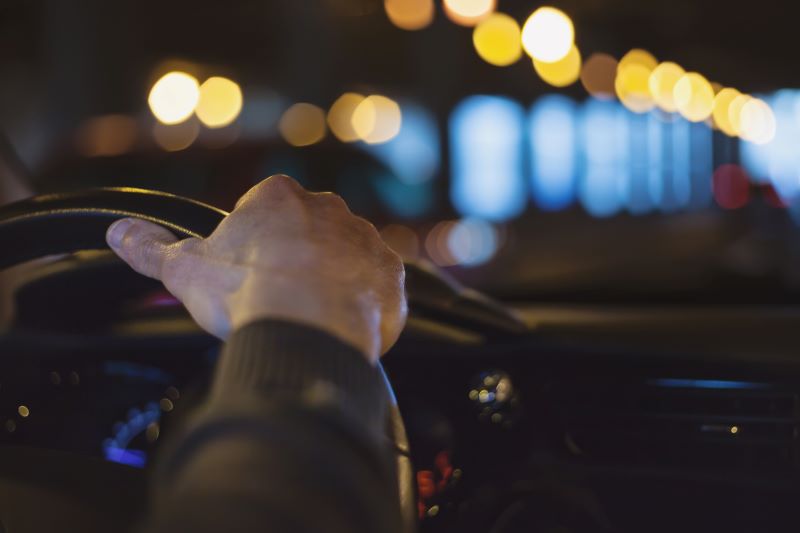Because the daylight hours are less, we start doing many more things in the dark. Walking the dog, running or biking, last-minute yard work, and driving are just a few.
Nationwide, almost half of all driving deaths happen at night, which is three times greater than during the day.
My parents have disliked driving at night for many years. As I raised my family, I never understood the big deal because I was used to driving my kids around day or night.
Today, I understand why my parents disliked night driving. Unfortunately, as we age, our eyesight changes. Peripheral vision, depth perception, and the ability to see color worsen in low-light conditions.
As we approach the darker months of the year, here are some tips that may help your night-driving
1. Visit your eye doctor.
For years, I put off my doctor’s visit. I just kept holding things out at arm’s length to read. Finally, I got tired of this and went in.
Unfortunately, our ability to see at night changes as we age. At 45, we need four times more light to drive at night than when we were 19. At age 55, it takes eight times as long to recover from glare than at age 16. Add cataracts and degenerative eye diseases, and night driving becomes difficult.
2. Dim your dashboard.
After researching, I learned that a bright dashboard can hinder your forward vision. Try adjusting your dashboard lights the next time you’re driving at night.
3. Avoid looking at oncoming headlights.
As oncoming traffic approaches, it can be challenging to see. You can look off to your right instead of looking directly at them. While this can be tricky, it can reduce your eyes' time to recover from the glare. If you can’t safely look away, don’t.
4. Reduce your speed.
At night, it’s crucial to reduce your speed. If you're driving too fast, your headlights won't be able to illuminate potential hazards in front of you. As deer become more active this time of year, slowing down could help you spot them and avoid a collision.
5. Make sure your headlights are adjusted.
If your headlights don’t light up the road well, visit your local mechanic. They may need adjustment. I had my daughter’s car headlights adjusted once, and she told me it made a big difference.
6. Rain, rain, go away.
Driving at night in the rain is awful. I find it very difficult to see road markings. Make sure your wiper blades are in good working order and your windshield is clean.
7. Clean the inside of your windshield.
One of my pet peeves is the haze that builds up on the inside of my windshield. I usually don’t notice it until I’m driving at night. Regularly cleaning the inside of your windshield can help reduce nighttime glare.
If you would like more information, please visit the links below.
Physical changes in older drivers that may effect driving skills
Ten driving tips to help you enjoy your Thanksgiving holiday
No more mistakes when replacing windshield wipers
6 tips for driving this winter season
Sources
http://wisconsindot.gov/Pages/safety/education/older-drv/physical.aspx
http://www.forbes.com/2009/01/21/car-accident-times-forbeslife-cx_he_0121driving.html






